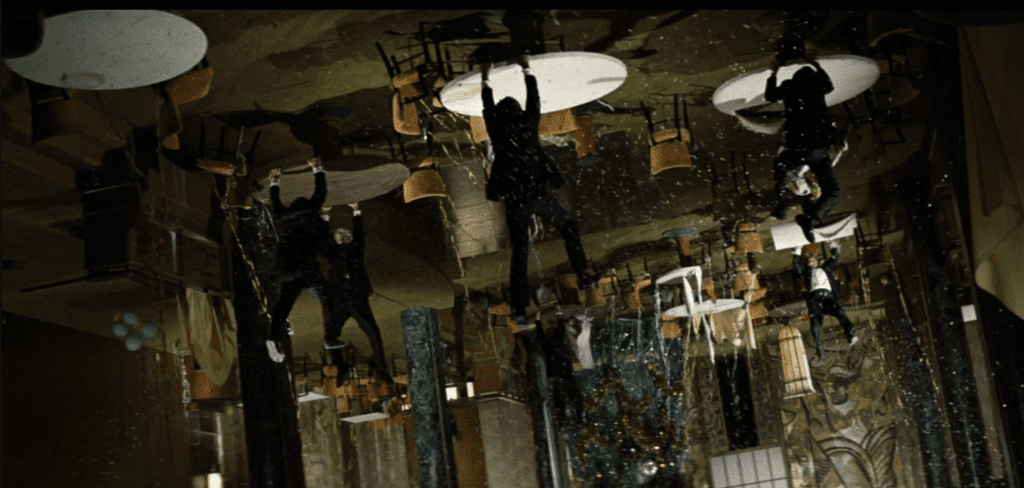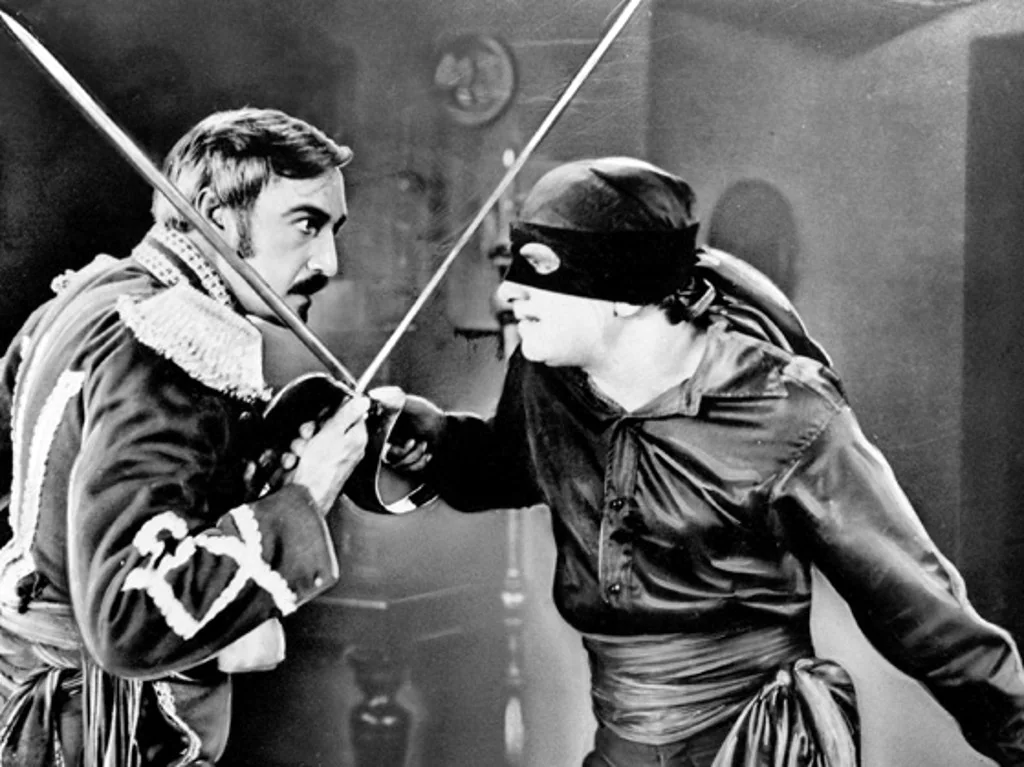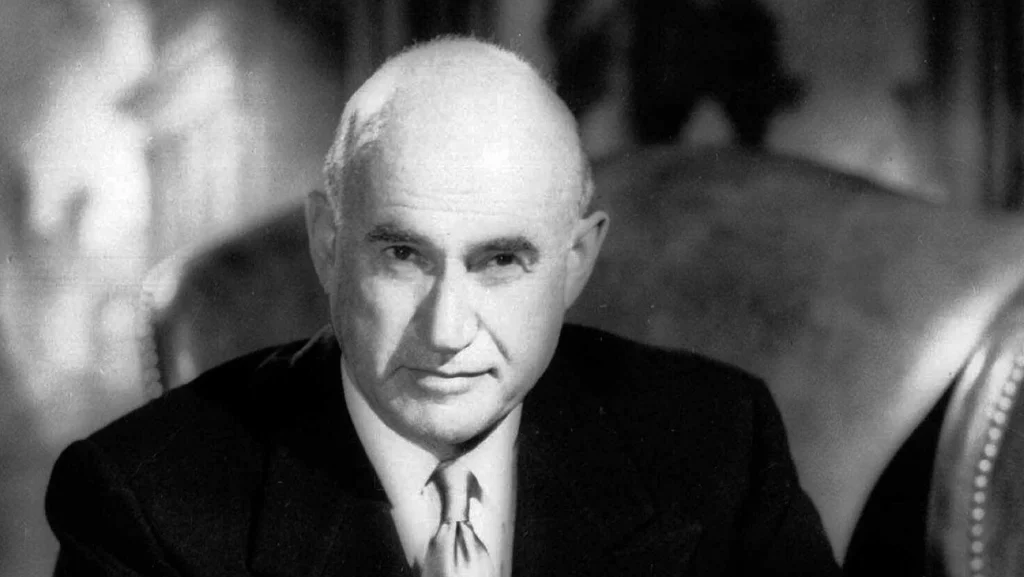Only a handful of directors have emerged over the years as household names able to attract moviegoers to see their films. Spielberg, Hitchcock & Chaplin come to mind as does Cecil B. DeMille, whose birth on Aug. 12, 1881, came years before anyone was making movies.
The roots of DeMille’s film career go back to 1911 when fate sent vaudeville producer Jesse Lasky to see DeMille’s mother, who had an agency in New York representing playwrights. Lasky needed a writer for an operetta. He wanted Mrs. DeMille’s well-known son William, but William was doing a play for Broadway impresario David Belasco. Mrs. DeMille strongly recommended her younger son, Cecil. Not expecting much, Lasky met with Cecil, who talked himself into the job — and got Lasky to put up a then sizable $100 advance.

After their operetta succeeded, DeMille became a close associate of Lasky, who by 1913 was in a group preparing to film the play “THE SQUAW MAN,” which Dustin Farnum had starred in on Broadway in 1911. The group included Sam Goldfish, a glove salesman who then married to Lasky’s sister. Their new venture, the Jesse L. Lasky Feature Play Company, raised $26,500. Acquiring rights to the play cost $5,000. Farnum got a $5,000 salary after cautiously turning down their offer of a 25% stake in the new company.
DeMille, who was in charge of making the film, and Farnum set out by train for Flagstaff, Arizona. Flagstaff had sounded like the perfect location, but when they got there they saw absolutely nothing. So they got back on the train and stayed on till the end of the line — a small town near L.A. called Hollywood where they rented a barn for $200 a week and shot the first feature-length film ever made there.
Lasky & Goldfish pre-sold “SQUAW’ for $43,000 in distribution fees. When they screened it, the images jumped wildly on the screen — a total disaster. They turned for help to Philadelphia film pioneer Sigmund Lubin, who in return for their print business, fixed the problem. The perforations were out of synch from two different cameras having been used.
But all’s well that ends well. “SQUAW” had profits of $244,700 in 1914 ($6M+ today). DeMille’s filmmaking career was off and running — with 70 films over four decades, including “THE TEN COMMANDMENTS” (1923 & 1956 versions). Lasky went on to partner with Adolph Zukor in the predecessor company to Paramount Pictures. Goldfish became a legendary producer after changing his name to the much better-sounding Samuel Goldwyn.














